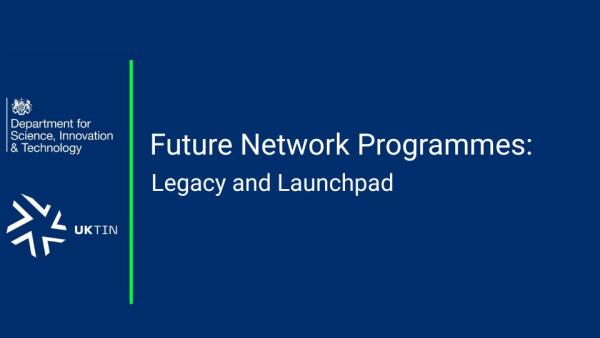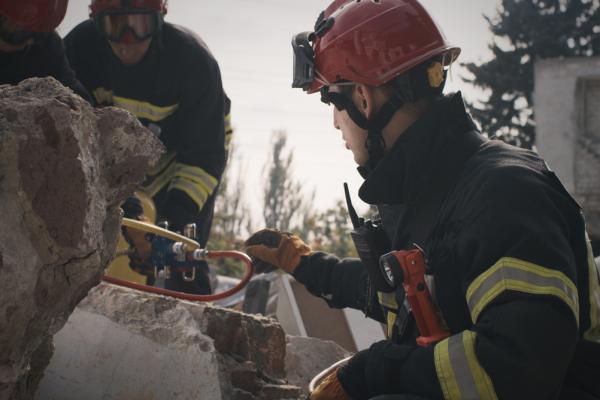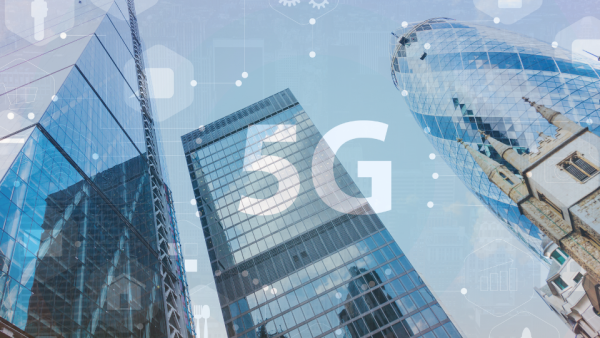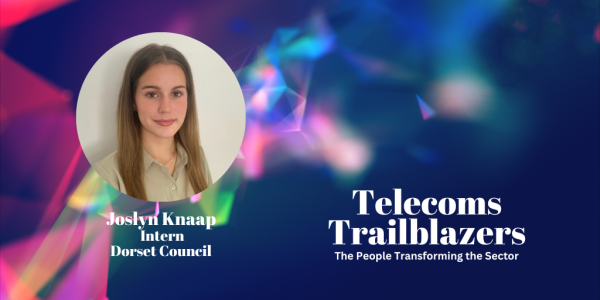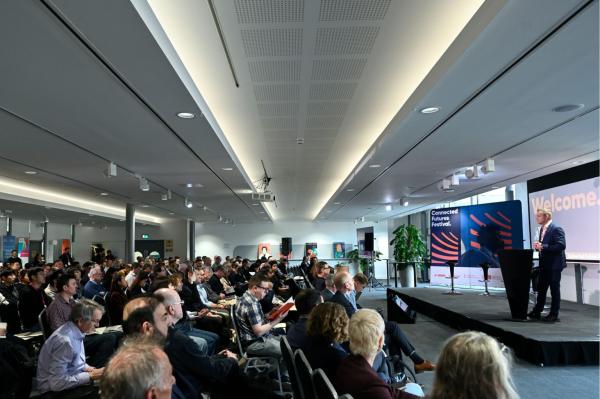
DySPAN 2025, the premier international conference on spectrum innovation, was held in London from May 12th to 16th at King’s College London. The event focused on advancing spectrum innovation to meet the growing demands for wireless capacity across diverse applications; DSIT, Ofcom, UK Spectrum Policy Forum, Digital Catapult, and international collaborators supported it.
The week-long showcase highlighted the significance of spectrum while addressing key issues such as spectrum management, access, sharing, coexistence, and utilisation in current and emerging wireless technologies.
Research papers
The event discussed submissions of research papers that addressed key challenges and breakthroughs in spectrum management, access, sharing, and policy, with particular interest in interdisciplinary work that spans both technological and regulatory perspectives. As next-generation wireless technologies like mmWave and THz become mainstream, innovative spectrum utilisation, allocation, and sharing are critical.
EU RSPG Report on 6G strategic vision
Learnings:
- Understand the problem you want to solve – understand its impact on society, regulation and markets
- Align your research agenda to the impact you want to make
- Present your research to regulators and policymakers so that they understand its relevance
- We don’t need complex solutions to simple problems, but typically solutions to complex problems
- Listen, and work together – know the people!
Challenges:
- Lack of understanding of international and national spectrum telecommunications regulations
- Academic publications vs. input to spectrum policy and regulation
- Financer’s requirements vs. regulators’ and policy makers’ needs
- The best solutions for regulators and policymakers are not fancy (and regulatory)
The accepted papers for DySPAN 2025 are available here, with contributions from industry, academia, and government stakeholders to share insights, collaborate, and shape the future of spectrum management. (Please note that these are not the final papers published in IEEE Xplore.)
Keynotes
Spectrum sharing for innovation and growth
David Willis, Group Director of Spectrum, Ofcom, explained that the radio spectrum is a critical resource underpinning technological advancements across telecommunications, space exploration, and scientific research; effective spectrum management is essential to fostering innovation and sustaining economic growth in an increasingly connected world.
Using real-world examples, Willis illustrated how different spectrum sharing approaches are unlocking new opportunities, enhancing efficiency, and maximising the societal and economic benefits from radio spectrum use. He provided insights into regulatory approaches, technological solutions, and collaborative frameworks that have enabled coexistence without compromising performance.
Capturing Wireless Content for Live Broadcast
Mario Reis of Olympic Broadcasting Services said that private 5G networks were used to capture live content at the Paris 2024 Olympic games, on the rivers, in stadiums and even the Mediterranean sea. He explained that OBS faced many challenges with connectivity and content acquisition along the Athletes’ Parade, and so the decision was taken to deploy a private 5G standalone network to connect devices on the delegate boats, and 200 MHz of spectrum in upper n77 (3.9-4.1 GHz) was approved by the regulator.
Reis noted that wireless connectivity relies on spectrum, and Olympic Broadcasting Services (OBS) has been using a significant amount of licensed spectrum to support its many productions across multiple sports.
An Economist's Perspective: Getting to Markets for an Automated DSA Future:
Dr. William Lehr, a telecommunications and Internet industry economist and consultant with over thirty years of experience, emphasised that spectrum resources are not managed efficiently.
He said, “It is obvious that the future of the global Digital Economy will depend critically on enabling wireless of all kinds for all users and uses, and that will depend on the ability to share critical resources on a more granular, local basis across multiple dimensions -- time, space, and context. Those critical resources that will need to be shared will certainly include RF spectrum, but will not be limited to spectrum -- it will include lots of other resources. The spectrum access will need to be automated, and that will certainly involve AI, but AI is about a lot more than ML/genAI.”
Lehr highlighted that the challenge over the next twenty years will be to enable market-based experimentation with automated and AI-driven spectrum management. As digital technologies, enabled by wireless, are ever more deeply and inextricably embedded in our social and economic lives, the need for multidisciplinary engagement that jointly addresses technical, economic, and policy issues, such as those that IEEE DySPAN focuses on, will be more important than ever, he added.

